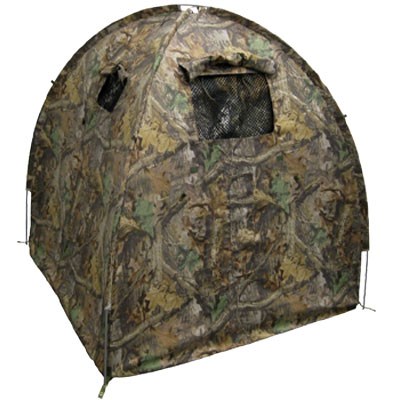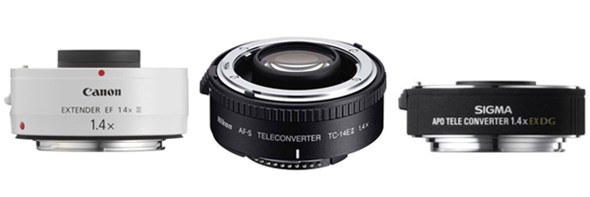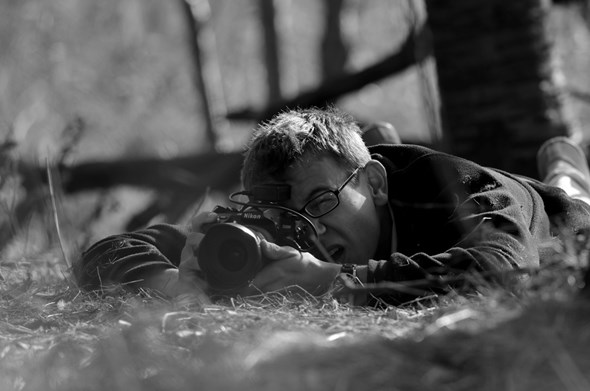Part of being a wildlife photographer is all about getting up close and personal with nature. Some species can be far harder than others to photograph but the tips below should help get you closer to wildlife than ever before...
1. Hides
Using hides can be a fantastic way to get close to wildlife. They come in a range of styles, but all work by concealing the photographers shape and form from his or her intended subject. Using a hide means that photographers can get close to the action with little disturbance to the subjects - something vital for the more wary species. Hides can be purchased off the shelf or even purpose built by the photographer depending on the situation/length of time they will be used for.

2. Clothing
Looking like an SAS sniper in full camouflage is not necessary for getting up close to wildlife, but a little thought behind what you are wearing can help a great deal. Selecting duller colours such as browns and greens will help you to blend in with your surroundings making you less visible to wildlife than in your bright red waterproof..
Another major consideration is smell - wearing aftershave or perfume may be great for helping to attract other humans but it will send wildlife running in the other direction, less is more.
3. Cars
Basically, they're a movable hide! They are perfect for accessing out of the way locations and also serve as a comfortable place to shoot from. Using a car allows you to drive slowly around country lanes and scout for your subject and then, after pulling up slowly (and safely!) you can photograph from the windows using a beanbag for added support. As most wildlife is fairly used to seeing cars they are less wary of the shape rather than if you were on foot.
4. Location
It sounds obvious but location is key to getting close to wildlife. Certain areas of the country or ‘Honey Pot Sites’ as they are known, allow you to get far nearer to certain species than in other areas. London parks provide great close up encounters with urban wildlife because the subjects are more used to people. Conducting a little research on locations close to your home will quickly identify where you can get closer to certain subjects in your area. A few great places include : The Farne Islands, Skomer, Gigrin Farm or Richmond Park.
5. Teleconverters
If you already have a telephoto lens such as a 300mm f4 or another of the high end telephotos, using a teleconverter can help give you that little bit more from your investment. They work by multiplying the focal length of the lens by the respective number but have one small drawback of also dropping the f stop by 1 or 2 stops. A 1.4 TC will extend a 300mm f4 lens into a 420mm f5.6 lens. With a compact size and reasonable cost of around £300, you will often find one or more in most Pro’s kit bags!

6. Remote release
Having a long lens isn’t the only way to get close up images of wildlife. Using a wide angle fixed in position with a remote trigger you can photograph wildlife from a distance. Watching your intended subject first will allow you to identify the best position to put your camera. I personally use a radio trigger as they offer a greater working distance and can be used through obstacles.
7. Know your subject
Knowledge is power. By understanding the subject you intend to photograph you will find it far easier in the field to both locate them and get close. If you understand your subject's behavior such as distress calls, movements and times of activity you will increase your odds of being able to get within photographic distance. It can also be a good idea to take notes of where you have seen them on a regular basis or where they have been feeding so you can stake them out or put in a hide in order to get closer.
8. Hire a guide
For some subjects you may want to photograph it can be far easier to hire a guide with expert knowledge rather than going it alone. Up and down the country there are many professionals who will happily take out clients for a reasonable fee in order to help them get up close and personal with the subjects they are after. The expert knowledge of your guide will mean that you will get closer, find them faster and also help you to stay safe in more dangerous locations such as on mountainous areas of the country.
9. Pick something easy
Sounds a little odd, but if you are struggling to get those award winning images of White-Tailed Eagle in London why not change your attentions to something more attainable? Working in your back garden on macro photography can be just as fascinating and rewarding as going after the more “sexy” species from around the country. It also costs a lot less and means you can fit it in around other commitments in your daily schedule.

10. Put in the leg work
Time, something we can all use in order to improve our wildlife photography. By waiting patiently on location and being persistent in your efforts, you are far more likely to be rewarded than if you get up and head home after just a few hours!
With the above tips you will soon be ready to head out into your local area and get closer to wildlife than ever before. Using the techniques outlined above and being persistent you will be experiencing close encounters with wildlife and hopefully be in the perfect position to capture it all on film...well...digital storage devices!
About the Author
Tom Mason is an up and coming wildlife and nature photographer based in Hertfordshire where he frequently visits a number of local nature reserves including Rye Meads and Amwell. You can see more of his work on his blog.
